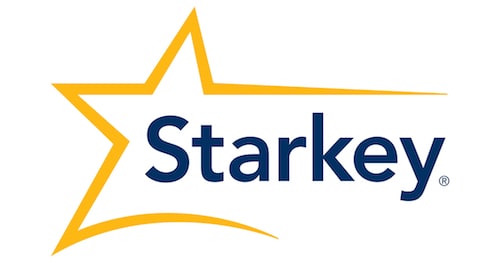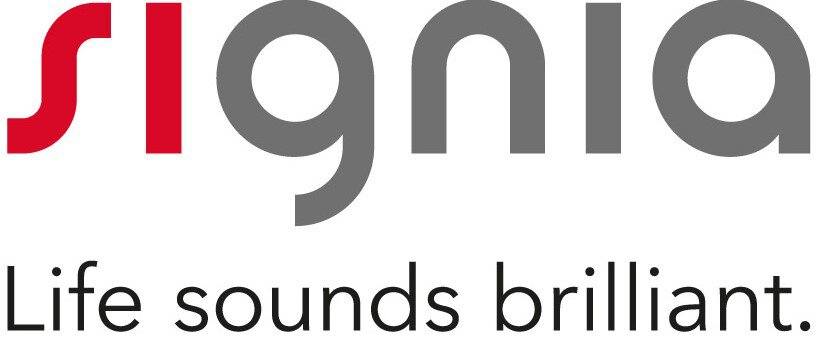Audiology Services
Tinnitus Doctor
What is Tinnitus?
Tinnitus is commonly referred to as a “ringing of the ear,” but it also appears as different sounds. In addition to ringing, the sounds have been characterized as a whoosh, a pop, a buzz, a clanging, a rush of air, a whistle, a low roar, crickets and many other sounds.
The sounds of tinnitus may be constant or temporary, and may affect one or both ears. While there is no singular cause for tinnitus, treatment options may be available.
Dr. Nikki is one of the few Audiologists in the Southeast trained in Tinnitus Retraining Therapy. Our clinics are trained in using several therapeutic intervention options that are tailored for each individual in accordance with the audiologic evaluation and their reaction to the tinnitus. To learn more about your tinnitus and treatment options, contact our Tinnitus Doctor to schedule a consultation.
Difficulties with Tinnitus
As a distracting and frustrating condition, tinnitus is difficult to predict. The sounds may be chronic or temporary, and one or both ears may be affected. Tinnitus sounds may fluctuate in volume and frequency throughout the day, while at other times, they are gone completely.
Tinnitus has been linked to concentration and memory problems, increased levels of stress, anxiety, and depression. People suffering from tinnitus might suffer also from sleep deprivation.
Treating Tinnitus
There is no single cause for tinnitus, and often it appears in conjunction with another medical issue. Tinnitus might be linked to certain physical ailments such as temporomandibular joint (TMJ) disorders, Meniere’s disease, or high blood pressure. Certain classes of medications that are ototoxic may harm inner ear hair cells and lead to tinnitus.
In cases where tinnitus is linked to another medical condition, the treatment of that condition might alleviate the symptoms of tinnitus. In some cases, a change in lifestyle to decrease stress, cessation of tobacco and alcohol consumption, or a change in diet might help reduce symptoms.
Subjective tinnitus is often linked with hearing loss. The Hearing Health Foundation estimates that 90% of tinnitus cases occur with an underlying hearing loss. It may occur as a natural by-product of presbycusis (age-related hearing loss).
Because hearing loss and tinnitus are closely linked, hearing aid manufacturers offer tinnitus therapy options with their devices. While hearing aids are designed to amplify sounds and improve speech, tinnitus therapy often functions as a sound mask that re-directs your brain away from the frustrating tinnitus sounds.
Hearing Aids with Tinnitus Treatment Options
Hearing aids come with fractal tones (tones that follow a series of small, unrepeated patterns), synthetic tones (white noise) or nature sounds (waves, rain, etc.), which are designed to engage with auditory pathways in the brain and reduce the effects of tinnitus.

Widex’s ZEN Tinnitus Therapy is a four-part program that tackles tinnitus from a variety of angles. ZEN Tinnitus Therapy provides relief from tinnitus, a reduction in stress, and a training process to help the brain adapt to tinnitus sounds. The four steps of ZEN Tinnitus Therapy are as follows: counseling, amplification, sound therapy with fractal tones, and behavioral exercises and sleep management to achieve relaxation. ZEN is available as a standalone device for those who experience tinnitus (but not hearing loss), and also in a select number of Widex hearing aid models.

Starkey’s Multiflex Tinnitus Technology allows wearers to personalize tinnitus therapy sounds, and schedule a program for all-day relief. The SoundPoint tool allows wearer additional customization over their listening experience. Multiflex Tinnitus Therapy is available on Halo 2 and Muse hearing aids.

The Relief app is ReSound’s tinnitus management solution, easily downloadable for your smartphone or tablet. Through wireless streaming, the Relief app provides wearers with access to relaxing soundscapes, designed to divert your attention away from tinnitus sounds. The Relief app offers a timer to help with sleep. It is available on the LiNX 3D and the ENZO 2.

Signia primax hearing aids offer four synthetic signals (white, pink, speech, and high-tone noise) and four ocean wave signals (sandy, pebble, rocky, and boulder beaches). Wearers have the option to switch between programs: hearing aid only; tinnitus therapy signal only; or mixed mode (combination of tinnitus therapy and hearing aid microphone signals).
Oticon’s tinnitus therapy, Tinnitus SoundSupport, offers a number of relief sounds: pink, white, and red static noise and ocean-themed relief sounds. Wearers may customize their sonic experience through wireless connection with the Tinnitus Sound App, with the option to use songs from their own library as tinnitus therapy. Oticon hearing aid models which support tinnitus therapy include the OPN, Alta 2, Nera 2, and Ria 2.

The Tinnitus Balance Portfolio from Phonak is designed to alleviate the symptoms of tinnitus. Consisting of three main elements, the Tinnitus Balance portfolio is designed to meet wearer’s unique needs: Tinnitus Balance hearing aids, a broadband noise generator, and a sound therapy program through an iPhone/Android compatible app.

Unitron’s Tinnitus Masker is a noise generator that is designed to divert the wearer’s attention away from the frustrating sounds by stimulating the auditory system. It is available in the Moxi line of hearing aids, including the Moxi Now and the Moxi Kiss.
